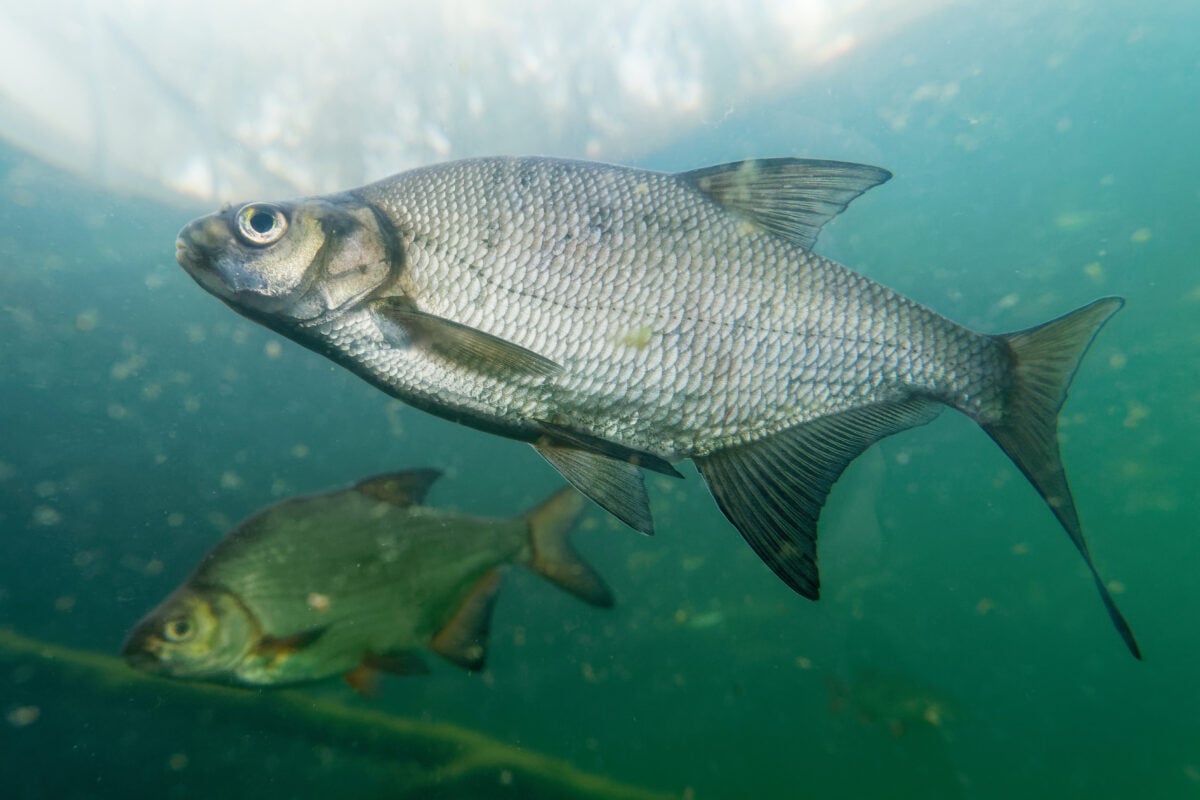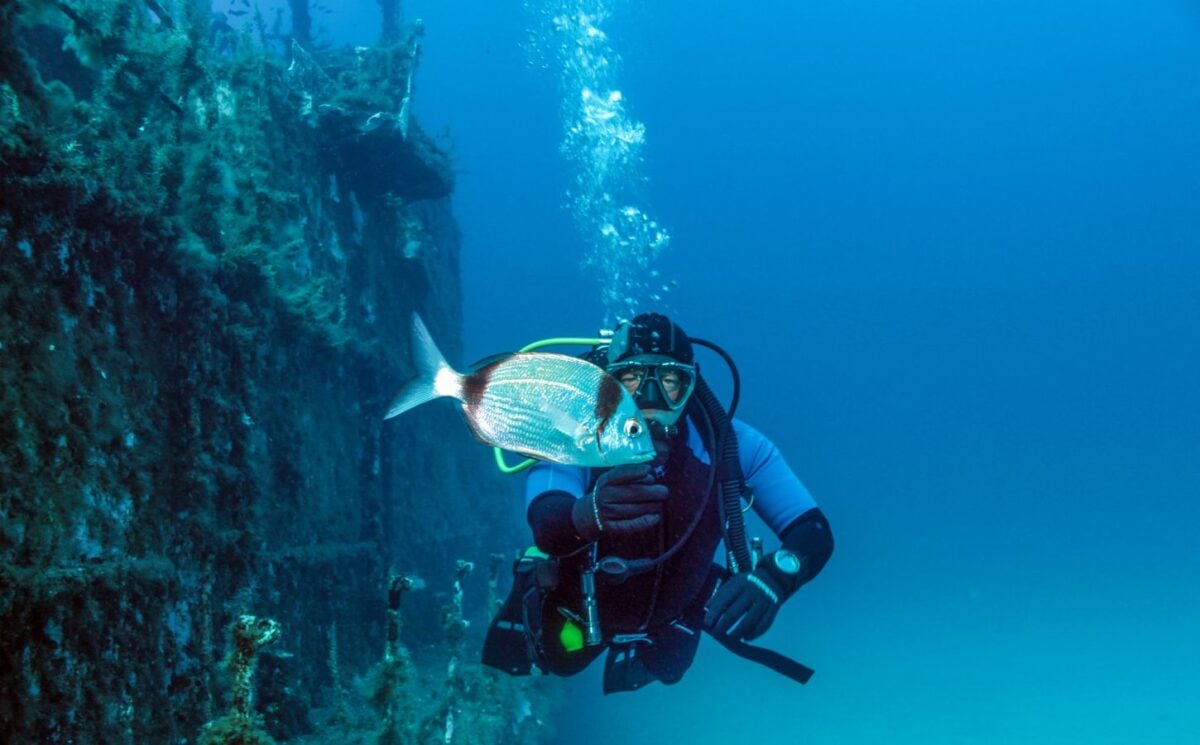A new study has found that wild fish use clothing to tell the difference between humans.
Researchers observed fish using visual cues like diving gear color to tell humans apart. The saddled sea bream and black sea bream used in the study possess “acute color vision,” which they successfully used to distinguish between divers with different colored clothing.
This phenomenon was observed at both a population level and within identifiable individuals. However, when divers wore matching gear, correct identification was “greatly diminished.”
Maëlan Tomasek of Germany’s Max Planck Institute of Animal Behaviour led the study, alongside Katinka Soller and Alex Jordan. The study – titled “Wild fish use visual cues to recognize individual divers” – was published in the journal Biology Letters earlier this month.
The new study noted that evidence from captive conditions suggests many aquatic species – such as octopuses and archerfish – can recognize different humans. In this case, however, researchers studied the bream within their natural habitat, the Mediterranean Sea.
Read more: Crabs And Other Crustaceans Do Feel Pain, Scientists Say
‘Maybe it’s time we that we can care about them, too’

Speaking to the Guardian, Tomasek suggested that his team’s research could prompt a reconsideration of how humans treat fish and other aquatic animals.
“It’s very human to not want to care about them, but the fact that they can care about us, maybe it’s time that we can care about them, too,” said Tomasek.
Separate research from 2023 found that certain fish can recognize themselves in pictures and reflective surfaces, which the authors suggested could indicate self-awareness. Another study, also from 2023, indicated that individuals from the tiny, tropical bluestreak cleaner wrasse species may check their size in a reflection before attacking other fish.
In 2024, other scientists from the Max Planck Institute captured footage of octopuses and fish hunting cooperatively. Speaking to NBC at the time, the study’s co-author Eduardo Sampaio noted that humans are “very similar to these animals,” and “closer than we think.”
Read more: Aquaculture Kills More Wild Fish Than Previously Thought, Study Finds






